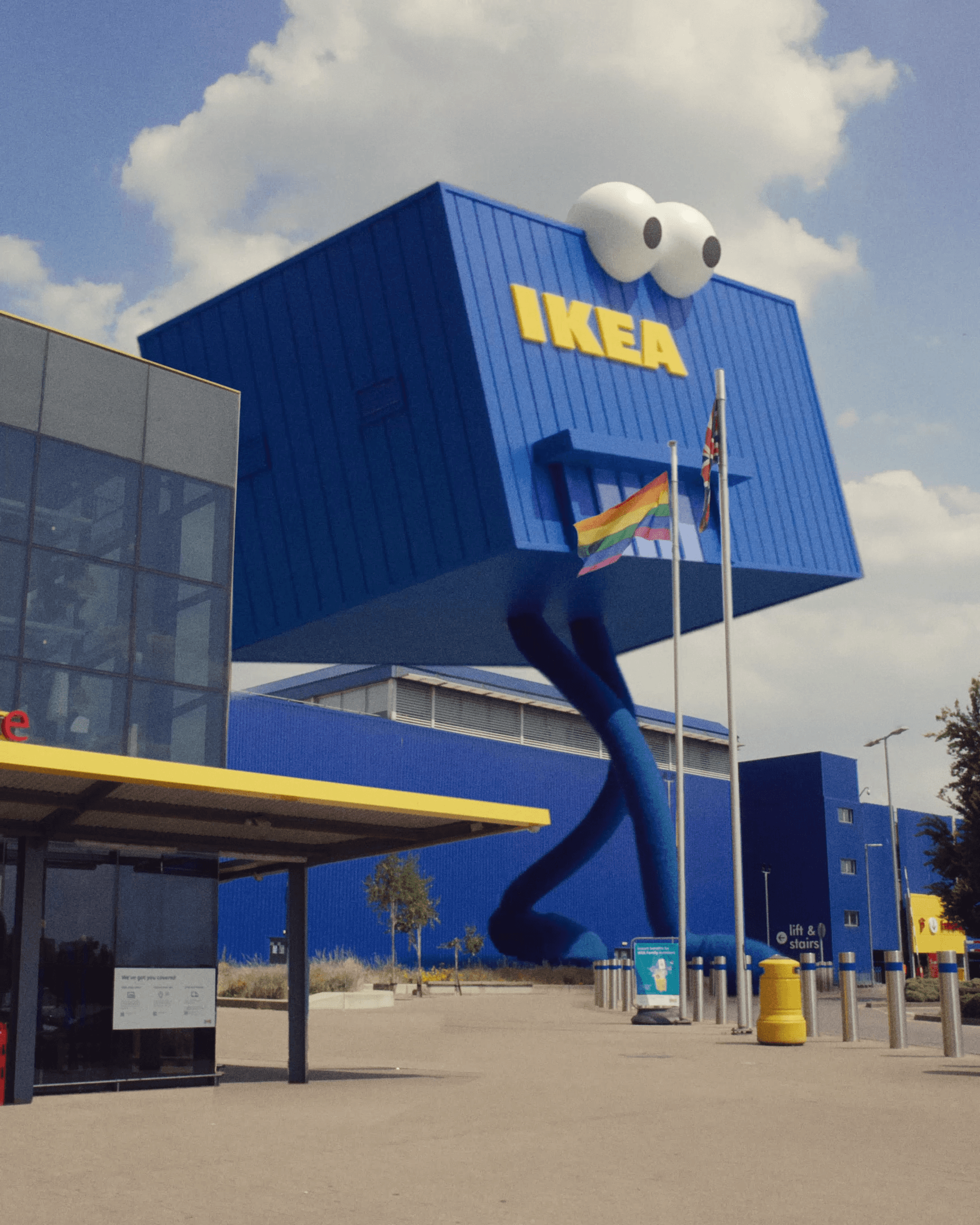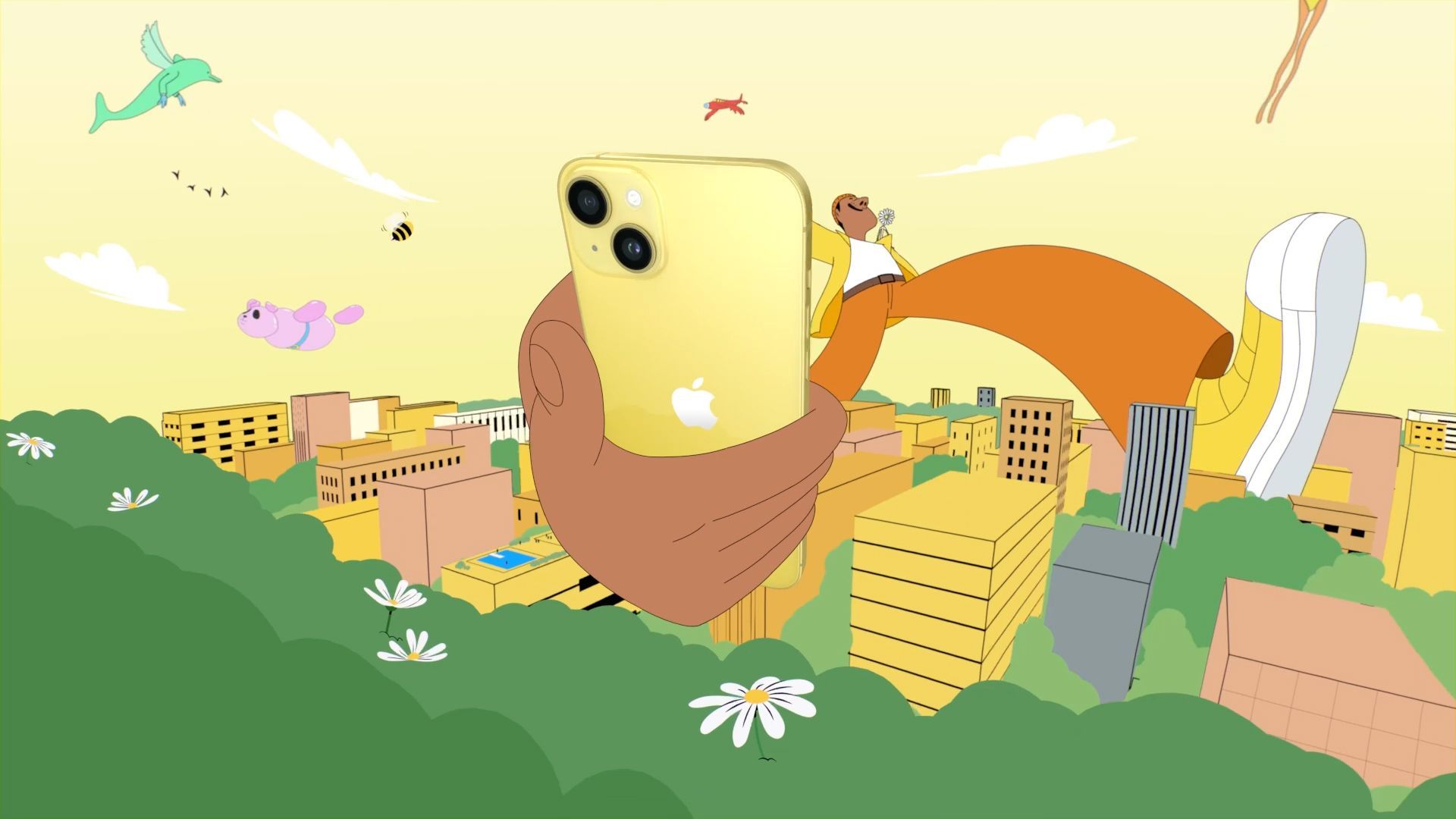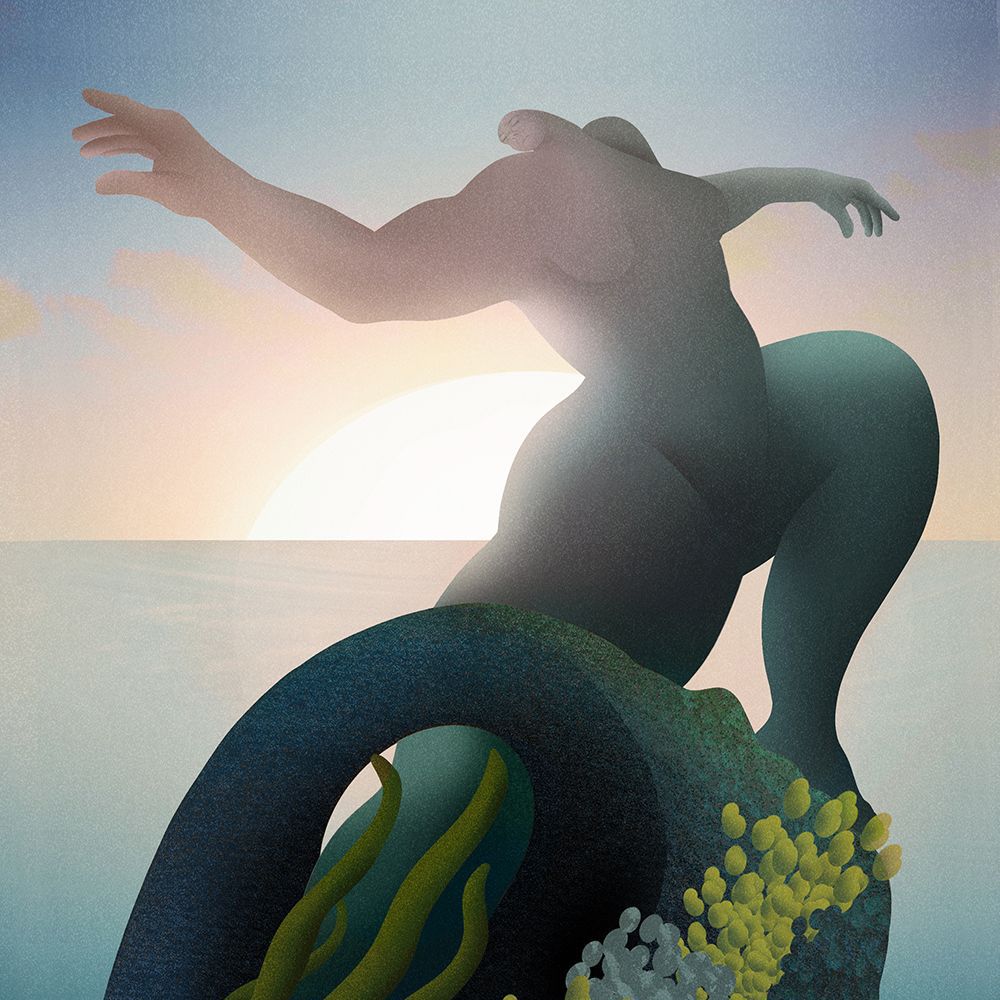

Introducing: Hayley Wall
Hayley Wall is a London based illustrator whose work purposefully captures the experiences of queer and disabled communities/people through storytelling and use of texture and scale. Passionate about uplifting often marginalised communities, Hayley aims to reframe perspectives around disability, mental health, queerness and gender, crafting thought-provoking compositions challenging conventional and rigid notions, inviting viewers to embrace a more inclusive and empathetic world view.
Tell us a bit about yourself, what’s your story?
I am an artist and illustrator from the midlands based in South East London, UK. My work highlights the struggles and joys of queer and disabled people as their bodies move through the world. I aim to make art that challenges and reframes dominant perspectives around disability, mental health, queerness, and gender, while simultaneously celebrating the resilience and vitality of oft-marginalised identities. My illustrations aim to invite viewers to embrace a more inclusive and empathetic world view. My work is how I communicate, how I make sense of the world, and how I tell stories that I feel are important.

What have been the major events in your career so far that have helped develop your style?
In my educational journey, experimenting with texture through printmaking significantly influenced my artistic style. A tutor's advice to draw without looking at my paper helped me loosen up and remove pressure, fostering an intuitive approach to my work. Additionally, during a period when I couldn't use my dominant hand due to an accident, drawing with my other hand further enhanced my intuitive drawing style. Combining these hand-drawn techniques, such as experimenting with texture through printmaking, with digital software offers a unique exploration of texture and intuitive expression in my artwork.


Your work is incredibly celebratory and hopeful, often reflecting the joy found in queer identities, how much of this is your innate style and how much is from a desire and need to see these identities represented in the industry?
I’d say it is 50/50 and both are as important to me as an artist. The fluidity of my work is rooted in my queerness - part and parcel of how I communicate regardless of the subject matter. I grew up not really having any visibly queer representation. I understand how important it is and how much I wish I’d had that. I think the spin of celebration and joy is also very much rooted in my personal perspective. I feel that if we don't see hope around us, what is the point? Hope and joy are key to progress and positive representation. If we don’t have hope what have we got?
You’re also passionate about challenging the preconceptions around disabilities, is this something you feel is improving in the industry?
Yes and no. I feel that this is deeply personal, as every disability is different and comes with its own set of preconceptions. Yes, in that my own recent experience as an openly neurodivergent artist I feel Art Directors, agencies, and commissioners have more often started putting genuine effort into making sure I can speak on the subject from a perspective of lived experience of my disability. No in that the pacing of the industry - turnaround times, communication demands, access support, and low budgets - can still be extremely ableist and are barriers to entry for many disabled artists.

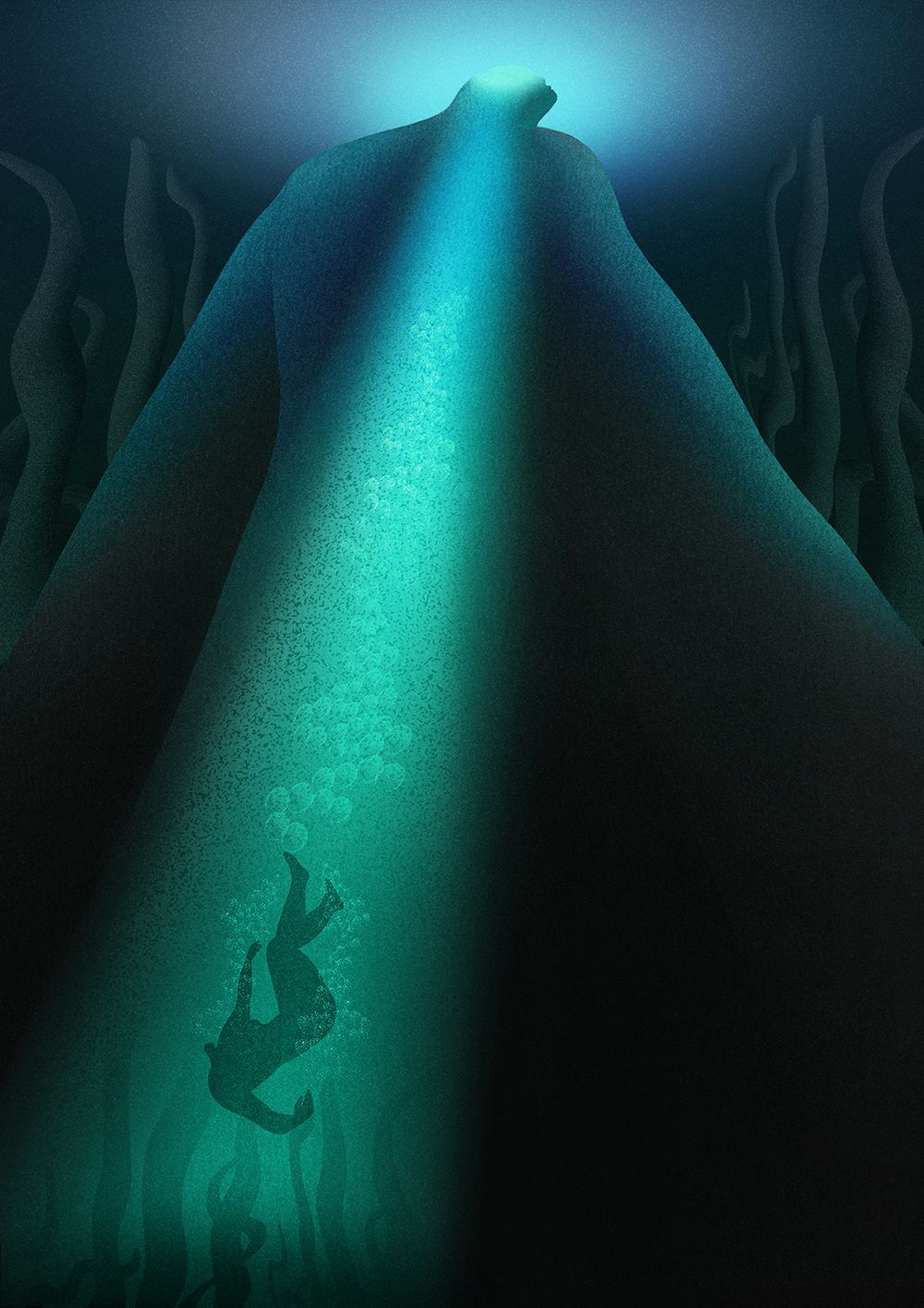
We love your work for the Aesop Queer Library, how do you feel this brief aligned with your style and how much creative freedom did you have?
This brief really hit home as it felt like it touched on the roots of my work and the handprinted approach I started out in. The concept also very much allowed me to delve into how I think about community and the multiplicity of bodies within them. Aesop wanted a specific aesthetic and they used a few of my old pieces to really guide me in the direction they were after which ended in a beautiful image that could read as if it were made using a traditional printmaking process.


How do you balance the emotive storytelling of your illustrations with the requirements of a commercial brief?
I pull out at least one really specific part of the brief that I can identify with emotionally. For instance, in a brief that accompanies a body of text I tend to pull out and connect with specific words or isolated sections of the text. They generate different emotions which I often feel in my body and explore through movement and then go onto communicate this visually. This usually brings me to a place where I can use the inspiration of the brief and material to really delve into my process. It’s all very intuitive.
Though your work is still, there’s a movement there - how do you create this?
I grew up training as a dancer which brought me so much joy. I also loved to draw. I hoped to either be a professional dancer or artist. I remember thinking that I would have to make a choice between the two. Although I chose the path of artist dancing never left. I found a way to combine my love of both, keeping the feeling of movement and its continuation alive within my illustrations. The positions I choose to draw my figures in are like watching a dancer and hitting pause. There’s a feeling of movement and continuation. I love how this can be conveyed through a still image; how a single gesture or pose can evoke a specific feeling. I mostly photograph myself as a reference to draw from. If I can’t capture myself I will manoeuvre or guide a friend into the pose I am trying to capture. I feel that my illustrations are a moment of a piece of movement I have choreographed.
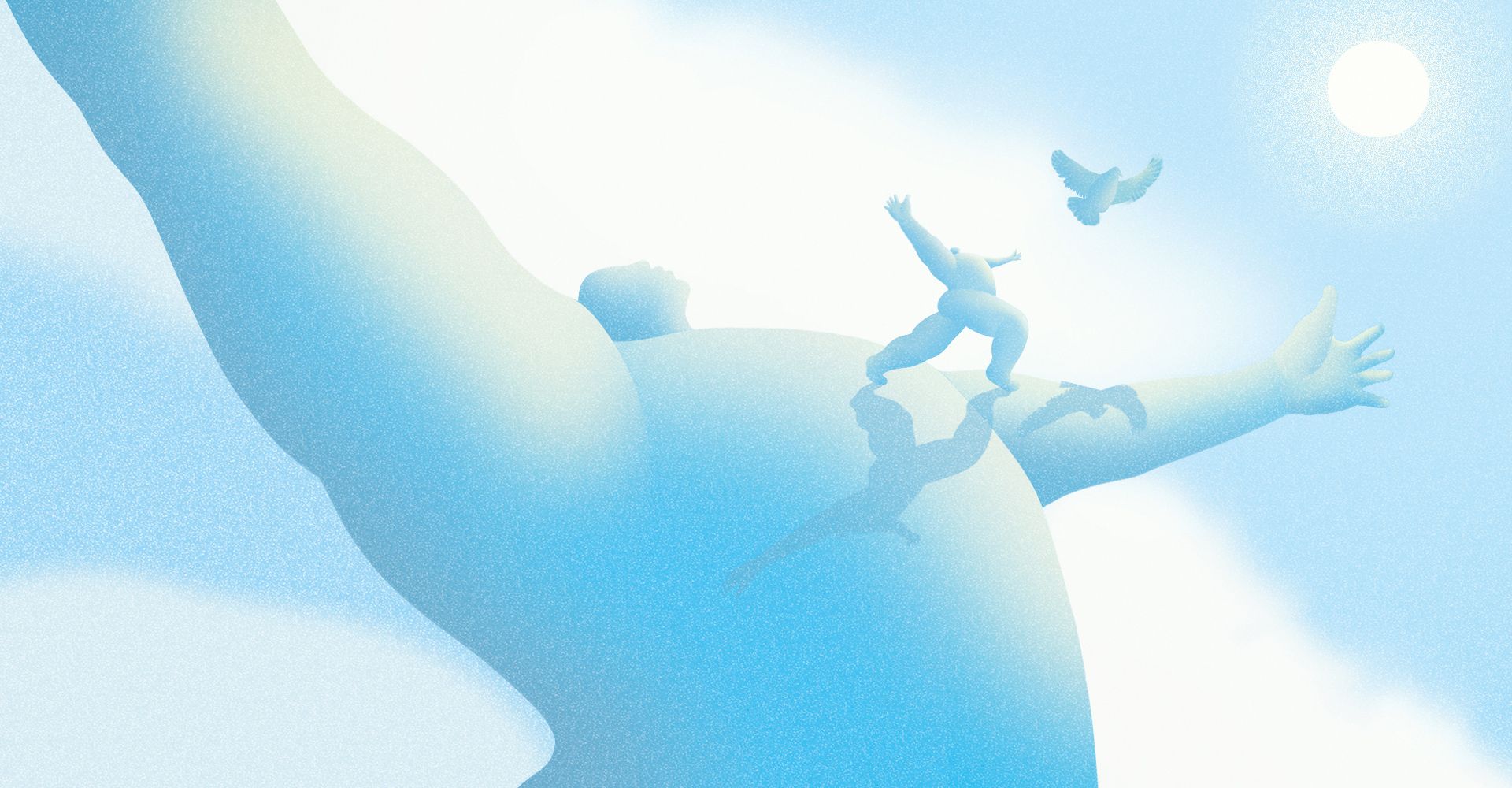
How do you get into the frame of mind to create your illustrations? (music/podcasts/research etc)
As a neurodivergent person I like to have my whole setup and process very particular and specific. Research, concepts and sketching begins in total silence, alone. Then the second phase - refining the illustration, I need music that is all beats, no vocals. This allows me to get into a rhythm. I think because I am an emotional person and my work is also fuelled by emotion this helps me move through it in a sort of flow state without it feeling too heavy. I once worked an entire day listening to “Blessings” by The Black Jazz Consortium on repeat!!!!!
What are your favourite things about being a part of a creative community?
One of the best things about being part of a creative community is collectively building and shaping the future for the better. Collaboration opens up limitless possibilities, and sharing resources makes everything easier for all of us. It's also hopeful to see everyone celebrating and supporting each other's work along the way.
Lastly, any dream clients?
I’ve recently started working in AR and because of this I have been experimenting with collaborating with a composer. I love music and sound so being able to work in response to that is my dream, whether that is album art or moving image for a music video. If i had to pick one dream artist to work with it would be Tems. Her music, to me, captures feelings and evokes emotion in a way that I aim to do visually.
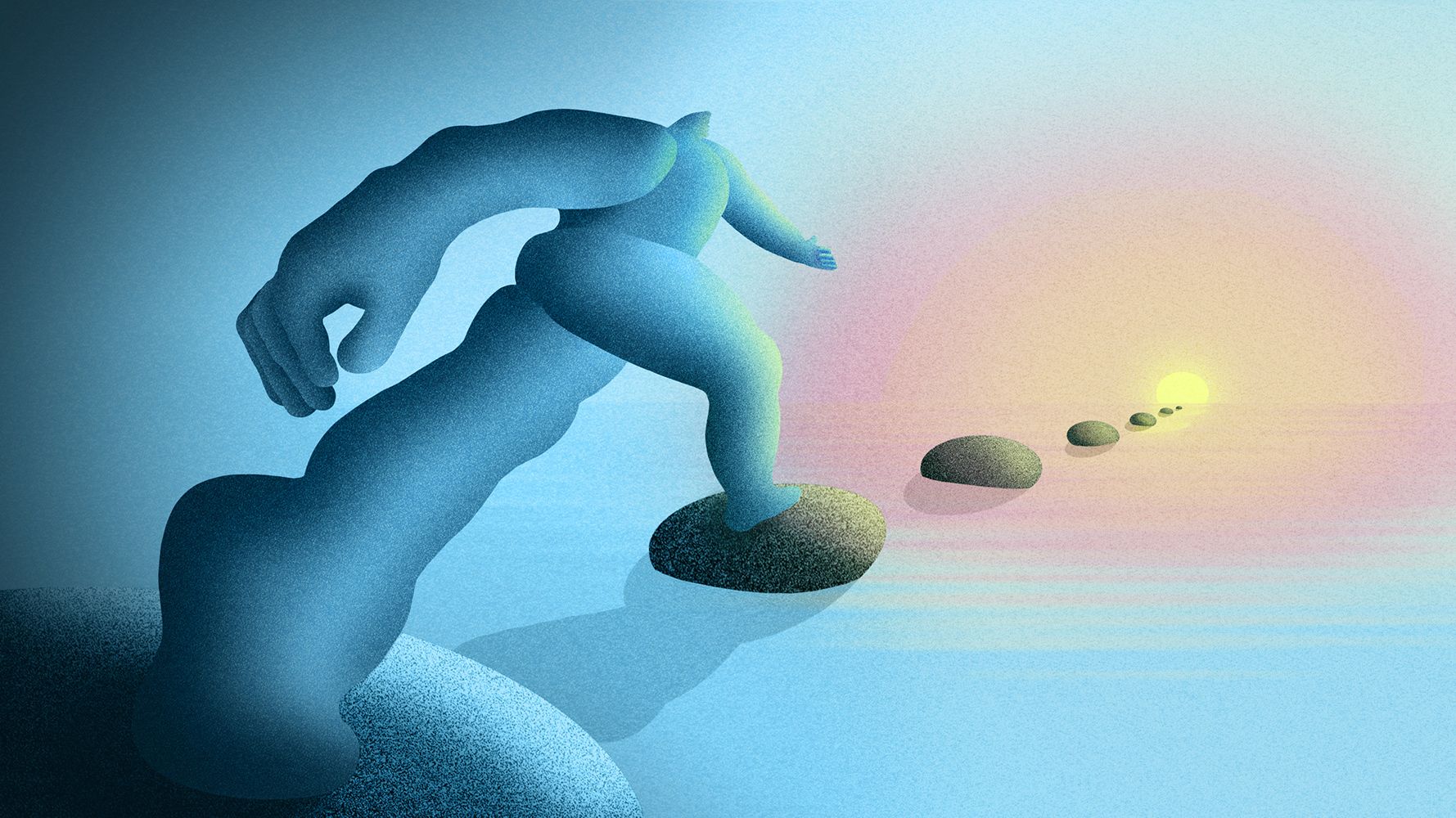
What We Do
We specialise in bold visual content and brand storytelling.

